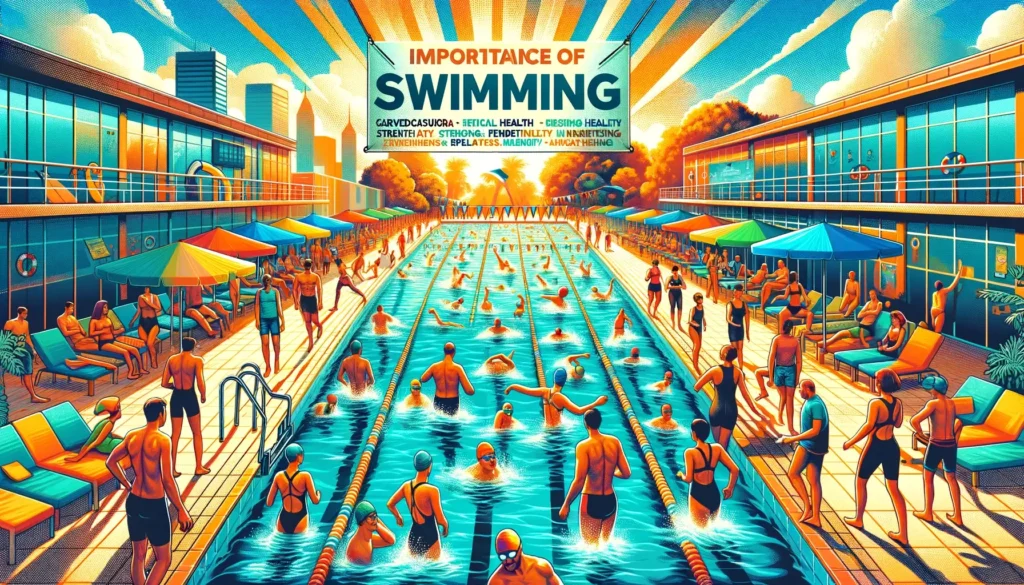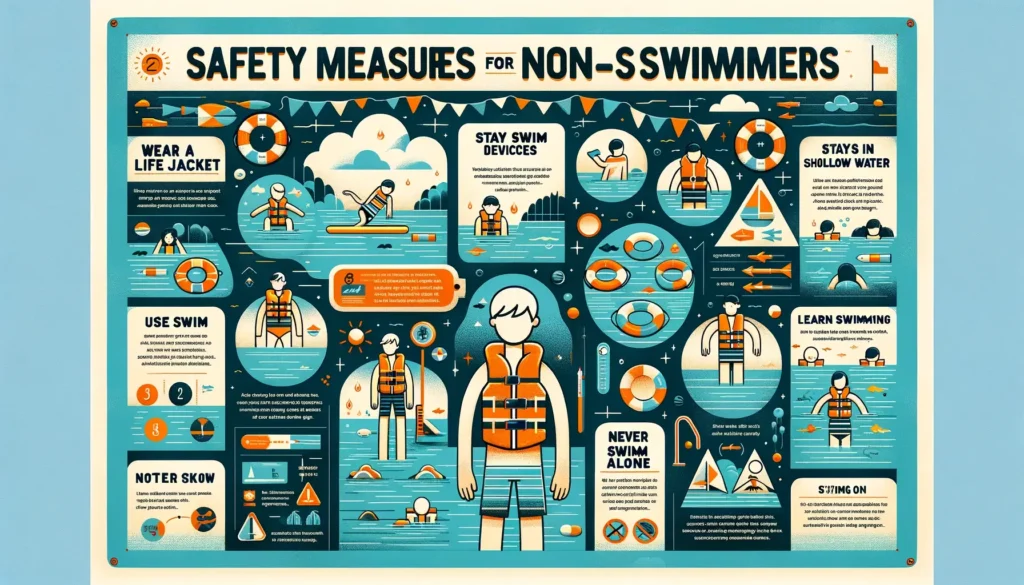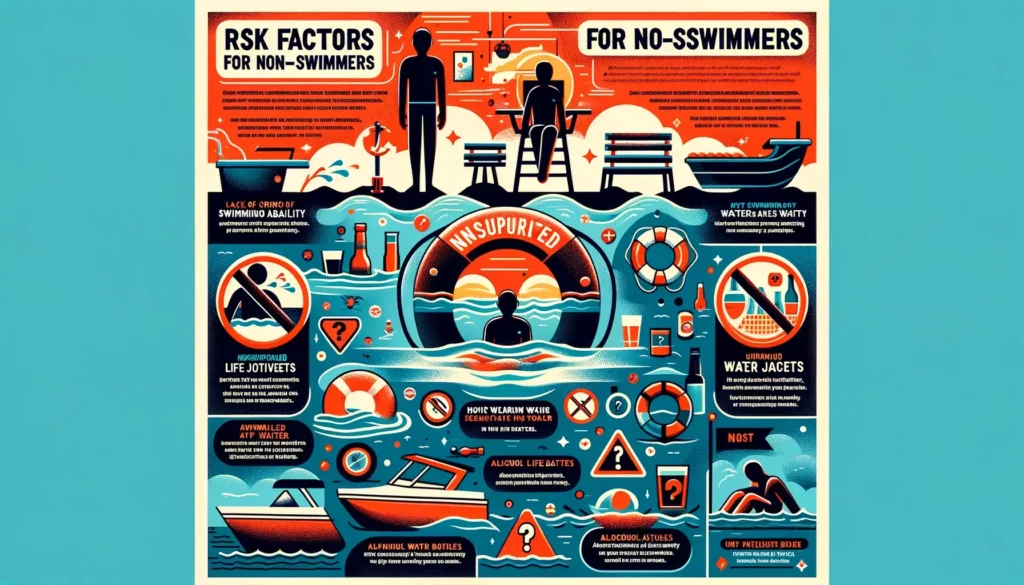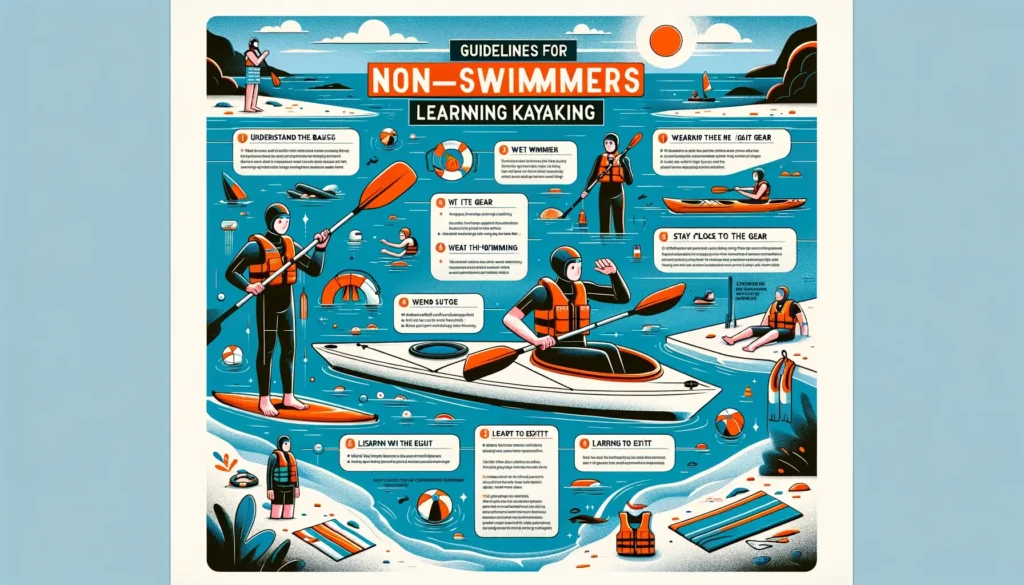Kayaking can be safe for non-swimmers, as long as proper safety precautions are taken. However, non-swimmers need to wear a life jacket and receive basic kayak training before attempting to kayak.
Engaging in kayaking without swimming skills can present a higher level of risk, so it is recommended to stay within calm and shallow waters and always kayak with an experienced swimmer or instructor. While kayaking can be a thrilling and enjoyable activity, ensuring safety should be the top priority for non-swimmers to fully enjoy the experience.
Understanding Kayaking
Understanding Kayaking:
Basics Of Kayaking
Kayaking is an exciting activity that involves propelling oneself in a small watercraft called a kayak.
It is a versatile water sport that can be enjoyed on rivers, lakes, and oceans.
Types Of Kayaking
- Recreational kayaking for leisurely paddling in calm waters.
- Whitewater kayaking for navigating fast-moving rivers and rapids.
- Sea kayaking for exploring coastal waters and open seas.
Different types of kayaking cater to various skill levels and preferences.
Importance Of Swimming

Learning to swim is essential for kayakers, even non-swimmers, as it significantly enhances safety on the water.
Swimming Skills And Safety
Swimming abilities give kayakers confidence and security to navigate water bodies effectively.
Benefits For Kayakers
- Enhanced Safety: Swimmers can handle unforeseen situations better.
- Increased Confidence: Knowing how to swim makes kayakers more comfortable on the water.
- Better Preparedness: Swimming skills are crucial in case of capsizing or accidents.
Safety Measures For Non-swimmers

For non-swimmers, safety measures for kayaking include wearing a life jacket, staying close to shore, and taking guided tours with experienced instructors. It’s important to have basic water safety knowledge and consider the risks before embarking on a kayaking adventure without swimming abilities.
When it comes to kayaking, safety should always be a top priority, especially for non-swimmers. Being able to enjoy this thrilling water activity without being proficient in swimming is possible, as long as proper safety measures are followed. Here are a few key precautions for non-swimmers to consider:
Wearing A Personal Flotation Device
Wearing a personal flotation device (PFD) is paramount for non-swimmers when kayaking. PFDs are designed to keep individuals afloat in the water and provide buoyancy, making them an essential safety tool. These devices come in different sizes and styles, ensuring a comfortable fit for all kayakers, regardless of their swimming abilities.
Staying Close To The Shore
For non-swimmers, it’s advisable to stay close to the shore while kayaking. This proximity allows them to quickly reach shallower areas or stand in case of an emergency. Additionally, staying near the shoreline provides a sense of security and minimizes the risks associated with being further out on the water.
In conclusion, by adhering to precautionary measures such as wearing a PFD and staying close to the shore, non-swimmers can safely enjoy the exhilarating experience of kayaking. Remember, being cautious and prepared ensures a delightful outing on the water.
Risk Factors For Non-swimmers

When it comes to kayaking, non-swimmers face unique risk factors that need to be carefully considered. It’s essential to understand the potential dangers and how to mitigate them to ensure a safe and enjoyable experience on the water.
Capsizing And Self-rescue
Kayaking presents the risk of capsizing, particularly for non-swimmers who may struggle in the event of an overturn. Proper instruction and practice can help non-swimmers develop essential self-rescue skills, such as learning how to re-enter the kayak and stay afloat. These techniques can significantly reduce the dangers associated with capsizing and help non-swimmers feel more confident on the water.
Dealing With Panic Situations
For non-swimmers, entering the water can be a source of anxiety. In the event of a panic situation, it’s important to remain calm and use floating devices, such as life jackets, to stay afloat. Learning basic safety protocols and practicing them beforehand can help non-swimmers manage panic situations and navigate the water with greater ease.
Guidelines For Non-swimmers Learning Kayaking

For non-swimmers interested in taking up kayaking, it’s important to follow specific guidelines to ensure a safe and enjoyable experience on the water. While kayaking can be a thrilling activity, non-swimmers need to take certain precautions and find suitable environments for practice. Here are some helpful guidelines to keep in mind when learning kayaking as a non-swimmer:
Taking Lessons From Certified Instructors
Enrolling in kayaking lessons with certified instructors is crucial for non-swimmers. Professional instructors can provide valuable insights and techniques for staying safe on the water, as well as proper instructions for handling a kayak. These lessons can also help non-swimmers build confidence and learn essential safety measures to prevent accidents while kayaking.
Practicing In Calm Waters
Non-swimmers should focus on practicing kayaking in calm and controlled waters. Choosing peaceful and shallow bodies of water can minimize risk and allow non-swimmers to gain comfort and proficiency in kayaking techniques. Slow-moving rivers, lakes, and sheltered bays are ideal environments for non-swimmers to develop their kayaking skills without the pressure of navigating strong currents or rough waves.
Alternative Water Activities For Non-swimmers
When planning water activities, it’s important to consider the safety and comfort of all participants, including non-swimmers. While kayaking may not be suitable for non-swimmers, there are alternative water activities that offer a similar exhilarating experience without the need for swimming skills. In this article, we explore two popular alternatives: stand-up paddleboarding and canoeing.
Stand-up Paddleboarding
Stand-up paddleboarding, also known as SUP, is a fantastic choice for non-swimmers seeking to enjoy the water. This activity involves standing on a large paddleboard and using a paddle to move across the water’s surface. It provides a great workout for the core and lower body while providing an amazing vantage point to take in the surroundings.
Canoeing
Canoeing is another excellent water activity suitable for non-swimmers. In a canoe, participants sit either solo or with a partner and use paddles to navigate through the water. Canoeing offers a relaxing and scenic experience, perfect for those looking to explore calm lakes or slow-moving rivers.
These alternative water activities prove that non-swimmers can still enjoy the joys of being on the water. Whether you choose stand-up paddleboarding or canoeing, both activities offer a safe and exciting experience that allows non-swimmers to connect with nature and enjoy the benefits of being out on the water.
Frequently Asked Questions On Is Kayaking Safe For Non-Swimmers
Is Kayaking Safe For Non-swimmers?
Kayaking can be safe for non-swimmers when accompanied by a guide and with proper safety measures in place. Wearing a life jacket and choosing calm waters for kayaking are essential for non-swimmers. It’s important to receive basic training and understand how to maneuver the kayak.
What Are The Risks Of Kayaking For Non-swimmers?
While kayaking can be safe, non-swimmers should be aware of potential risks such as capsizing, water hazards, and the need for rescue. Non-swimmers must be vigilant, follow safety instructions, and avoid kayaking alone. Understanding and respecting water conditions is also vital.
How Can Non-swimmers Stay Safe While Kayaking?
Non-swimmers can enhance their safety by taking swimming lessons, wearing a properly fitted life jacket, and staying close to the shore. Additionally, being informed about basic kayak handling and water safety practices is crucial. Always ensuring the company of experienced kayakers can also provide added safety for non-swimmers.
Conclusion
Kayaking can be a safe and enjoyable activity for non-swimmers. By taking precautions such as wearing a life jacket, staying close to the shore, and going with experienced companions, non-swimmers can confidently participate in kayaking adventures. It’s important to remember that everyone’s safety is a priority, and proper planning and adherence to safety guidelines can ensure a fun and worry-free kayaking experience for non-swimmers.
So why not give it a try and explore the beauty of nature from the comfort of a kayak?
